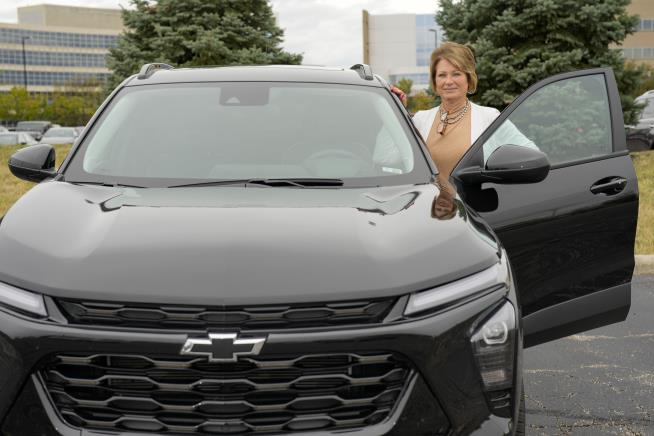Had she wanted to, Michelle Chumley could have afforded a pricey new SUV loaded with options. But when it came time to replace her Chevrolet Blazer SUV, for which she'd paid about $40,000 three years ago, Chumley chose something smaller—and less costly. With her purchase of a Chevy Trax compact SUV in June, Chumley joined a rising number of buyers who've made vehicles in the below-average $20,000-to-$30,000 range the fastest-growing segment of the nation's new-auto market.
"I just don't need that big vehicle and to be paying all of that gas money," said Chumley, a 56-year-old nurse who lives near Cincinnati. Across the industry, auto analysts say, an "affordability shift" is taking root, per the . The trend is being led by people who feel they can no longer afford a new vehicle that would cost them roughly today's average selling price of more than $47,000—a jump of more than 20% from the pre-pandemic average.
To buy a new car at that price, an average buyer would have to spend $737 a month, if financed at today's average loan rate of 7.1%, for just under six years before the vehicle would be paid off, according to Edmunds.com.
For many, that's financially out of reach. Yet there are other buyers who, like Chumley, could manage the financial burden but have decided it just isn't worth the cost. The trend is forcing America's automakers to reassess their sales and production strategies.
"Consumers are becoming more prudent as they face economic uncertainty, still-high inte.


















